It looks like you're using an Ad Blocker.
Please white-list or disable AboveTopSecret.com in your ad-blocking tool.
Thank you.
Some features of ATS will be disabled while you continue to use an ad-blocker.
7
share:
I was inspired to make this post because of the work Slayer69 did on the Lost Tribes of the Green Sahara
www.abovetopsecret.com...
Gassire's lute is a very old epic from Wagadu or Ghana it tell the story of an arrogant warrior prince who opted out of king ship and became a griot.a "talking book" and singer of the Soninki people the epic is tied to one of the most ancient settlements in West Africa at about 3800 b.c archaeology.about.com... and the first state in that region going back to 2000 b.c for they were but one of those many communities that came out of the drying of the Sahara others went East towards the Nile, so you get an understanding of just how old this epic is
GASSIRE'S LUTE Four times Wagadu stood there in all her splendor. Four times Wagadu disappeared and was lost to human sight; once through vanity, once through falsehood, once through greed, and once through dissentation. Four times Wagadu changed her name. First she was called Dierra, then Agada, then Ganna, then Silla. Four times she turned her face. Once to the north, once to the west, once to the east and once to the south. For Wagadu, whenever men have seen her, has always had four gates: one to the north, one to the west, one to the east and one to the south. Those are the directions whence the strength of Wagadu comes, the strength in which she endures no matter whether she be built of stone, wood and earth, or lives but as a shadow in the mind and longing of her children. For really, Wagadu is not of stone, not of wood, not of earth. Wagadu is the strength which lives in the hearts of men and is, sometimes visible because eyes see her and ears hear the clash of swords and ring of shields, and is sometimes invisible because the indomitability of men has overtired her, so that she sleeps. Sleep came to Wagadu for the first time through vanity, for the second time through falsehood, for the third time through greed and for the fourth time through dissension. Should Wagadu ever be found for the fifth time, then she will live so forcefully in the minds of men that she will never be lost again, so forcefully that vanity, falsehood, greed and dissension will never be able to harm her. Hoooh! Dierra, Agada,
Ganna, Silla! Hoooh! Fasa!
egyptsearchreloaded.proboards.com...
Klik here for the rest..
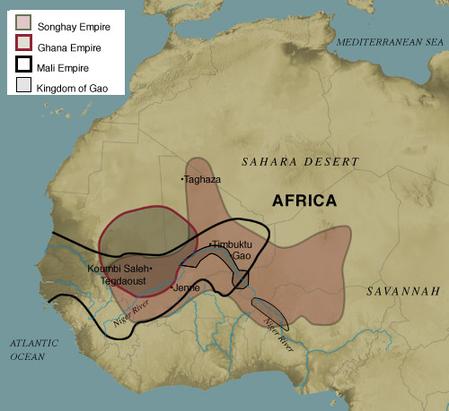
The state really did fell four times the last resurgence of it was about 200 A.D until it was incorporated by the Mali Empire in 1240 A.D
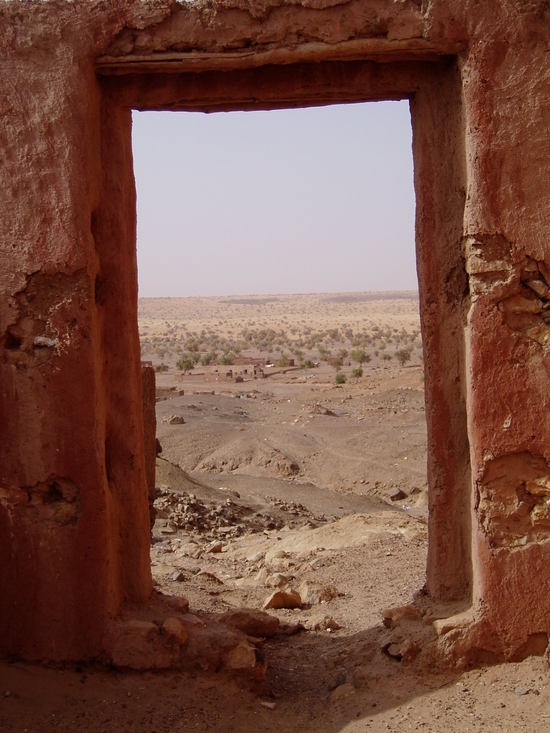
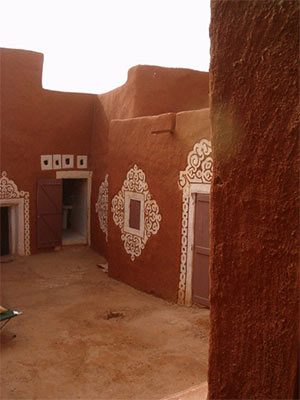

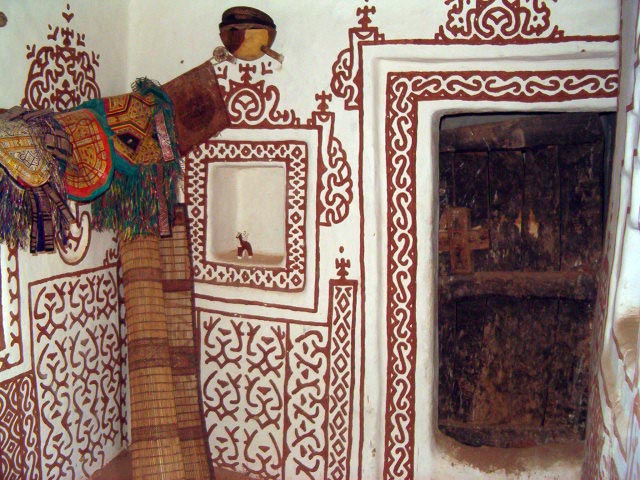
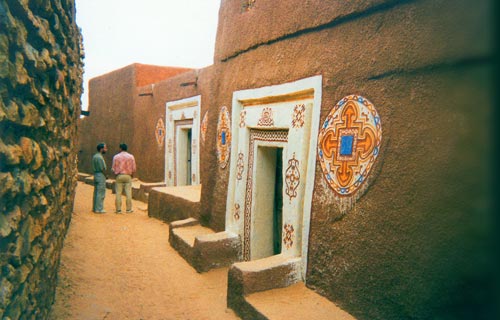

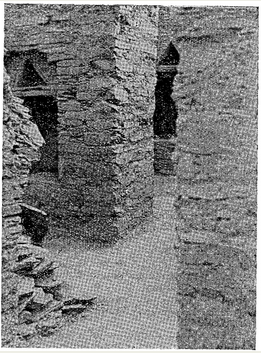
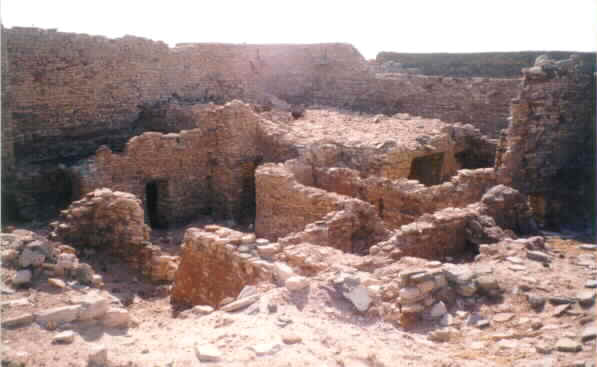
Some pic of Walata ancient Ghana ,
www.abovetopsecret.com...
Gassire's lute is a very old epic from Wagadu or Ghana it tell the story of an arrogant warrior prince who opted out of king ship and became a griot.a "talking book" and singer of the Soninki people the epic is tied to one of the most ancient settlements in West Africa at about 3800 b.c archaeology.about.com... and the first state in that region going back to 2000 b.c for they were but one of those many communities that came out of the drying of the Sahara others went East towards the Nile, so you get an understanding of just how old this epic is
Gassire is a prince who would be the successor of his father, but his father is very powerful. Gassire wants to be king very badly, and becomes a mighty warrior to demonstrate his strength. Gassire consults an old wiseman and the old wiseman tells him that Gassire will abandon his quest to be king to play the lute. He also tells him that he will not be king and other people will become king after the death of his father, and the empire will fall. He hears the sound of the lute, and has one made for him because he loves the sound so much. When he tries to play the lute, it does not produce any sound. He hears that it can only be played if he goes into battle. He then hears that his sons must go to battle for the lute to play; in battle, seven of his sons die, but the lute will still not play. The people exiled him because of his violence and disregard for his family. He went into the desert with his one remaining son, his wives, and a few loyal friends. He finally can play the lute when he sings of the empire and the story provides lessons to all the people who listen.
en.wikipedia.org...'s_lute
GASSIRE'S LUTE Four times Wagadu stood there in all her splendor. Four times Wagadu disappeared and was lost to human sight; once through vanity, once through falsehood, once through greed, and once through dissentation. Four times Wagadu changed her name. First she was called Dierra, then Agada, then Ganna, then Silla. Four times she turned her face. Once to the north, once to the west, once to the east and once to the south. For Wagadu, whenever men have seen her, has always had four gates: one to the north, one to the west, one to the east and one to the south. Those are the directions whence the strength of Wagadu comes, the strength in which she endures no matter whether she be built of stone, wood and earth, or lives but as a shadow in the mind and longing of her children. For really, Wagadu is not of stone, not of wood, not of earth. Wagadu is the strength which lives in the hearts of men and is, sometimes visible because eyes see her and ears hear the clash of swords and ring of shields, and is sometimes invisible because the indomitability of men has overtired her, so that she sleeps. Sleep came to Wagadu for the first time through vanity, for the second time through falsehood, for the third time through greed and for the fourth time through dissension. Should Wagadu ever be found for the fifth time, then she will live so forcefully in the minds of men that she will never be lost again, so forcefully that vanity, falsehood, greed and dissension will never be able to harm her. Hoooh! Dierra, Agada,
Ganna, Silla! Hoooh! Fasa!
egyptsearchreloaded.proboards.com...
Klik here for the rest..

The state really did fell four times the last resurgence of it was about 200 A.D until it was incorporated by the Mali Empire in 1240 A.D








Some pic of Walata ancient Ghana ,
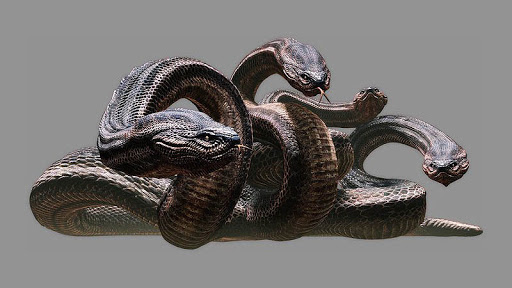
The tale of Bida the Black Snake
This is another tale from ancient Ghana or Ouagadougou some time spelled Wagadugu this may have an allusion to a drought that helped ushered in the final collapse of the Empire, they had been fighting off the Almoravids who were carving out an empire that stretched from the Senegal river to Iberia although that venture failed they non the least had to deal with a sever drought now understand these were not a people of the book and although they traded with Muslims the Kings had very little interest in their religion although some of it's people were already Muslims,the combination of war and drought drew the attention of the Malian up start who succeeded where the Almorivids failed. It is known that like other non people of the book they had human sacrifice as a matter of fact it would be reminiscent of story of Perseus vs the Kraken or the Hydra whose king sacrificed beautiful young virgins to ward off his wrath or even the story of king Kong same basic theme.
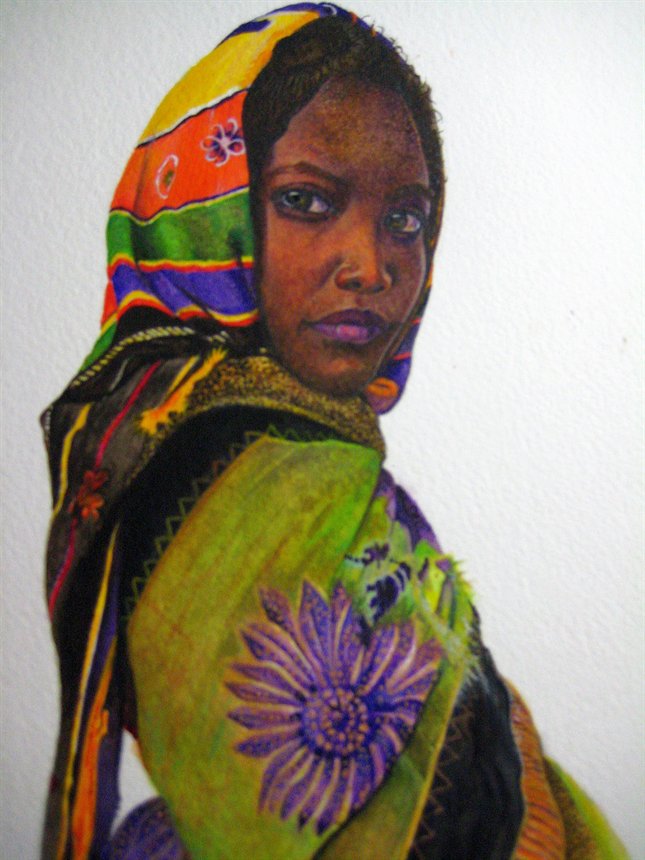
Oral tradition in the legend of Wagadu says that after Cisse's death, his two sons, Khine and Dyabe, disagreed about who would become the successor. They fought and Khine won the battle. Dyabe, humiliated, made an accord with a black snake with seven heads named Bida. Dyabe promised to sacrifice a virgin to the snake once every year in return for victory over his brother. He fulfilled his promise to Bida until his death. The wealth of Ghana is depicted by this story, as the Soninke believe that there were rains of gold due to the annual virgin girl sacrifice to the black snake. Another clarification to the prosperity of the empire was its gold mines located in Kumbi Saleh, the imperial capital. This place became an important commercial centre. The existence of camels facilitated the transport of gold and other products, such as slaves, salt and copper, textiles, beads, and finished goods, with the rest of the world.
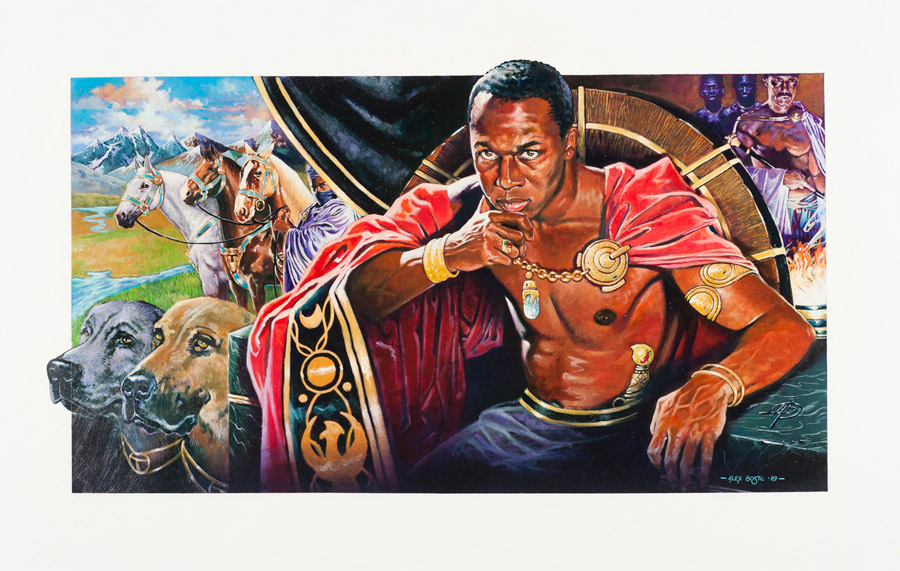
King Tenkamenin Of Ghana 1037-1075
The King adorns himself like a woman wearing necklaces round his neck and bracelets on his forearms and he puts on a high cap decorated with gold and wrapped in a turban of fine cotton. He holds an audience in a domed pavilion around which stand ten horses covered with gold-embroidered materials…and on his right, are the sons of the vassal kings of his country, wearing splendid garments and their hair plaited with gold.At the door of the pavilion are dogs of excellent pedigree. Round their necks they wear collars of gold and silver, studded with a number of balls of the same metals."
mfsumareh.weebly.com...
For the Soninke people, the decline of their empire was due to the legend of Wagadu, and the rupture of the pact between the empire and the black snake. This happened after the nobles chose Siya Yatabare as the annual sacrifice. She was the most beautiful and “cleanest” virgin girl in that year, but she was also engaged to be married. Her fiancé, Maadi, was the son of Djamere Soukhounou whose unique quality was that he always did what he promised. When Maadi was told him what would happen, that his fiancée would be given to “Bida” - the black snake of Wagadu, he promised Siya that she would not die in the well of Wagadu. Siya tried to convince him that it is her destiny, that he should let her to be the gift to the snake in order to save the Empire, but Maadi refused. Within days, he asked his friend, the blacksmith of his village named Bomou, to sharpen his saber. When the day came, Maadi set on his way in the direction of the well of Wagadu. Siya Yatabare was well dressed and her hairstyle was in plaited with gold. The praise-singer encouraged her, as did her family. When they left, she saw Maadi and they both fell in tears. Siya told him that if he killed the snake, Wagadu would not have any more rain and the empire would be destroyed forever. Maadi refused, saying their destinies are ratified. He left her and hid himself nearby to wait for the snake.
en.wikipedia.org...
Klik for more^ trying hard not to over quote..
edit on 16-6-2013 by Spider879 because: (no reason given)
new topics
-
Happy Thanksgiving to ATS
General Chit Chat: 2 hours ago -
Simple Thanksgiving
Food and Cooking: 8 hours ago
7
